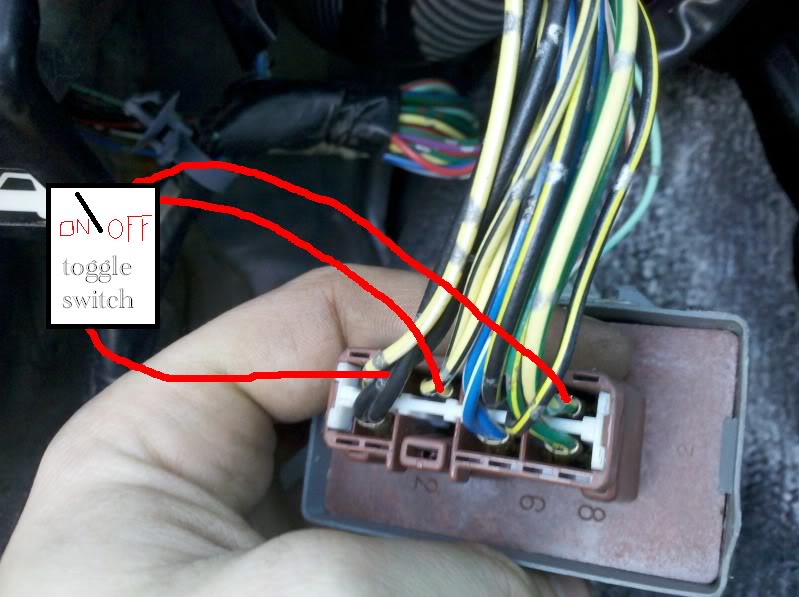Last Updated on December 5, 2022 by tawhid
In order to bypass a Honda main relay, you will need to locate the relay and then disconnect the wire that is supplying power to it. Once the power has been disconnected, the relay should no longer be able to function. This can be done by using a circuit tester or by simply tracing the wire back to its source.
If you are not sure which wire is supplying power to the relay, it is always best to consult with a professional mechanic before proceeding.
- Locate the main relay under the dash on the driver’s side
- Unplug the wiring harness from the relay
- Jump or bypass the two large terminals on the relay with a jumper wire or paperclip
- Reattach the wiring harness to the relay and test it by starting your vehicle’s engine
How to Test Main Relay With Multimeter
When it comes to testing your main relay, a multimeter is an essential tool. Here’s how to use one to test your relay:
First, set your multimeter to the ohms setting.
Then, disconnect the negative battery terminal and remove the main relay from its socket. With the probes of the multimeter touching the terminals on the relay, check for continuity. If there is continuity, then the relay is working properly.
However, if there is no continuity, then the relay needs to be replaced.

Credit: honda-tech.com
Can a Car Run Without Main Relay?
If your car has an electronic fuel injection system, then the answer is no – a car cannot run without a main relay. This relay provides power to the fuel injectors so they can do their job of injecting fuel into the engine.
There are other types of cars out there that don’t have electronic fuel injection, and in those cases it *might* be possible to start the engine without the main relay.
However, it’s not something we would recommend trying, as you could damage other parts of the electrical system. Plus, even if it does work, the engine will likely run very poorly without proper fueling.
What Does the Main Relay Control on a Honda?
The main relay on a Honda controls the flow of electricity to the engine’s fuel injectors and ignition system. When the key is turned to the “on” position, power from the battery flows through the relay to these systems, allowing them to operate. If the relay fails, power will be cut off to these systems and the engine will not start.
What Causes a Main Relay to Fail?
When your car’s main relay fails, it can leave you stranded. The main relay provides power to the engine’s ignition system and fuel system. It is usually located near the battery, so if it fails, your car will likely not start.
There are a few things that can cause a main relay to fail, including:
1. A bad connection at the relay: If the terminals on the relay are corroded or loose, it can cause problems.
2. A faulty switch: If the switch that controls the relay is damaged, it can prevent the relay from working properly.
3. A problem with the wiring: If there is a break in the wires that connect to the relay, it can cause an interruption in power and make the relay fail.
4. An issue with the computer: Sometimes, a problem with the computer that controls the engine can cause problems with the main relay.
What Happens When Main Relay Goes Out?
When the main relay goes out, the car will not start. This is because the main relay controls the flow of electricity to the car’s engine. Without it, the engine cannot start.
Honda Accord Main Relay Bypass Attempt
Conclusion
If your Honda won’t start, the main relay may be to blame. The main relay controls the flow of electricity to the starter and ignition system, so if it’s not working properly, your car won’t start. Luckily, you can bypass the main relay fairly easily.
All you need is a screwdriver and a few minutes.
